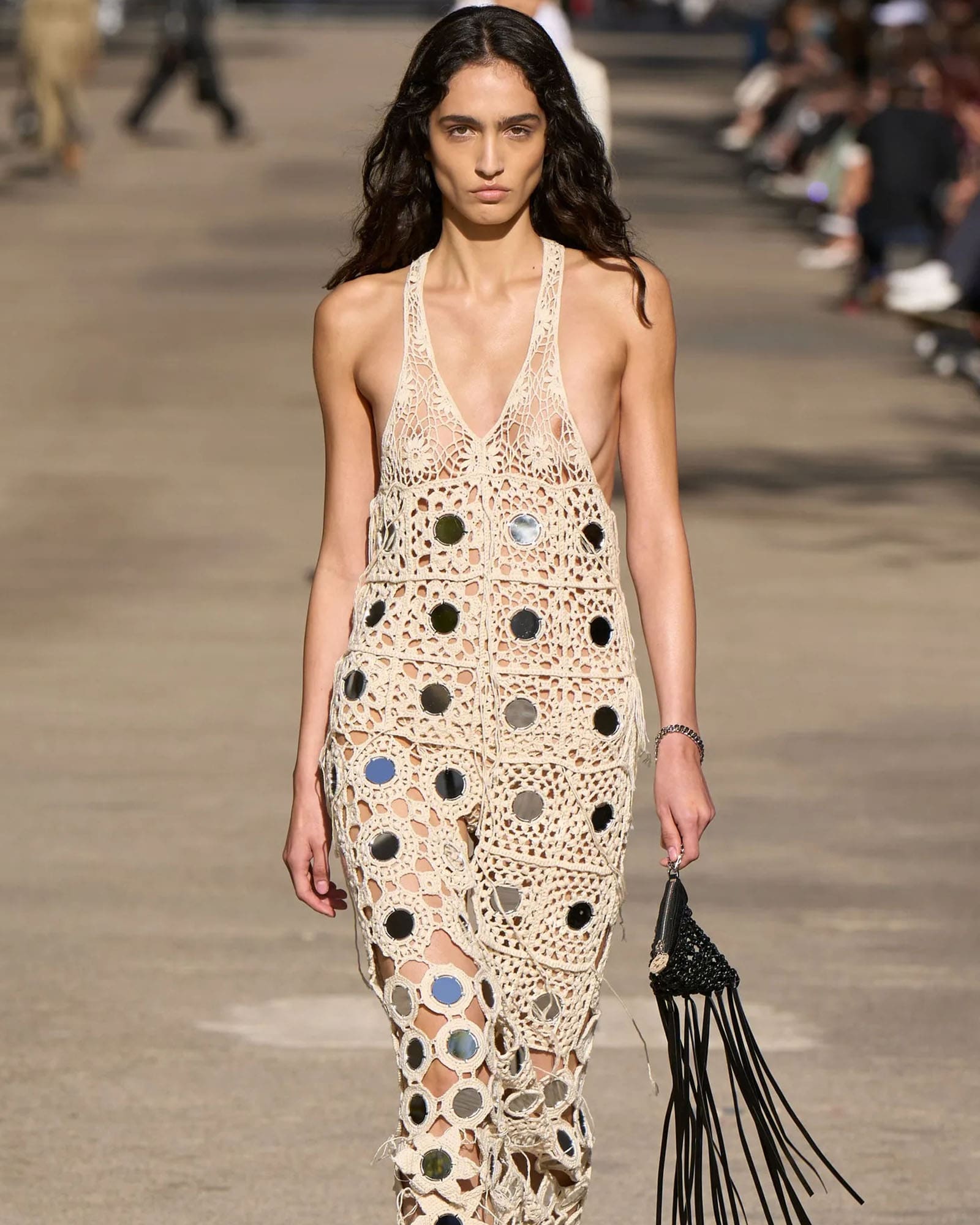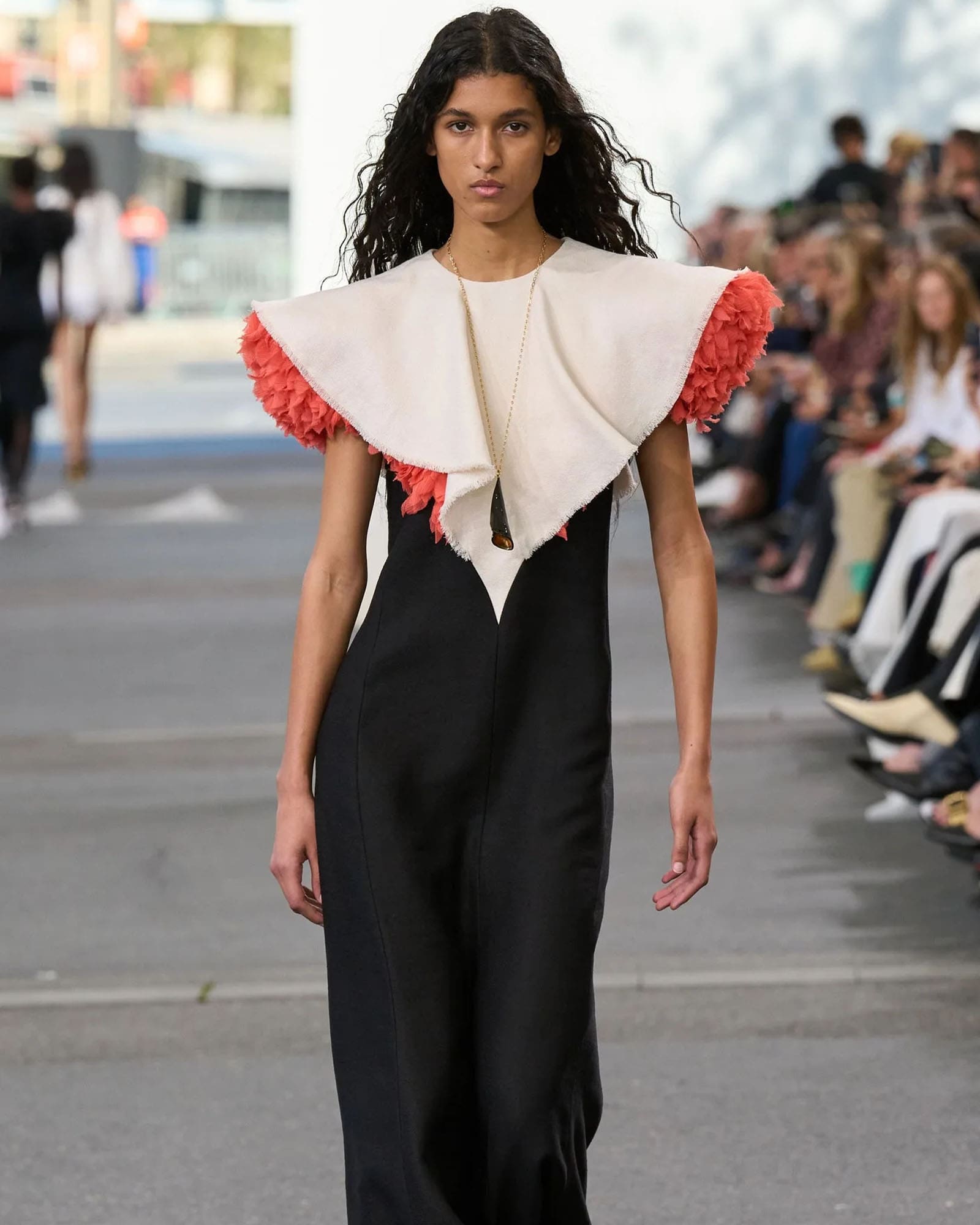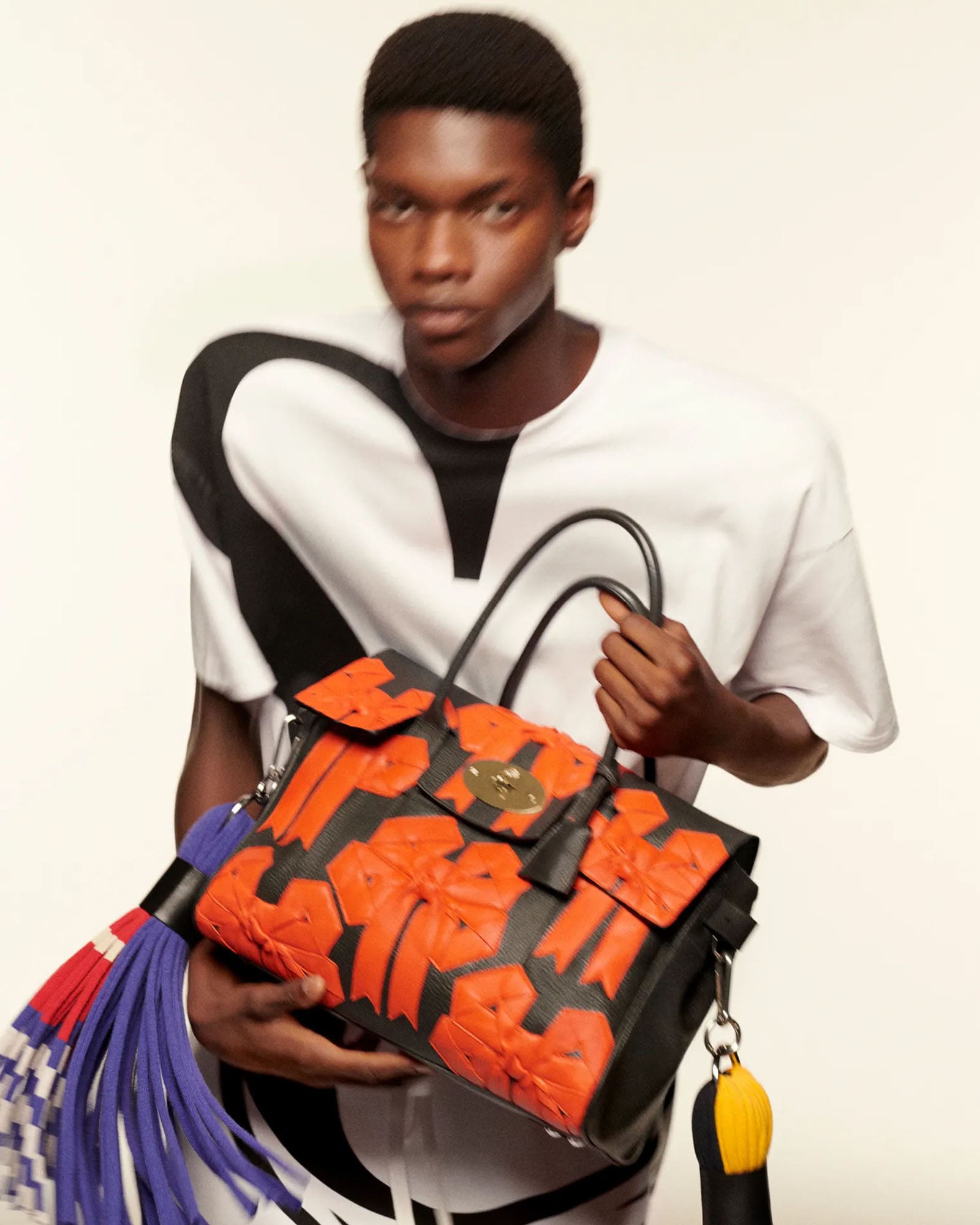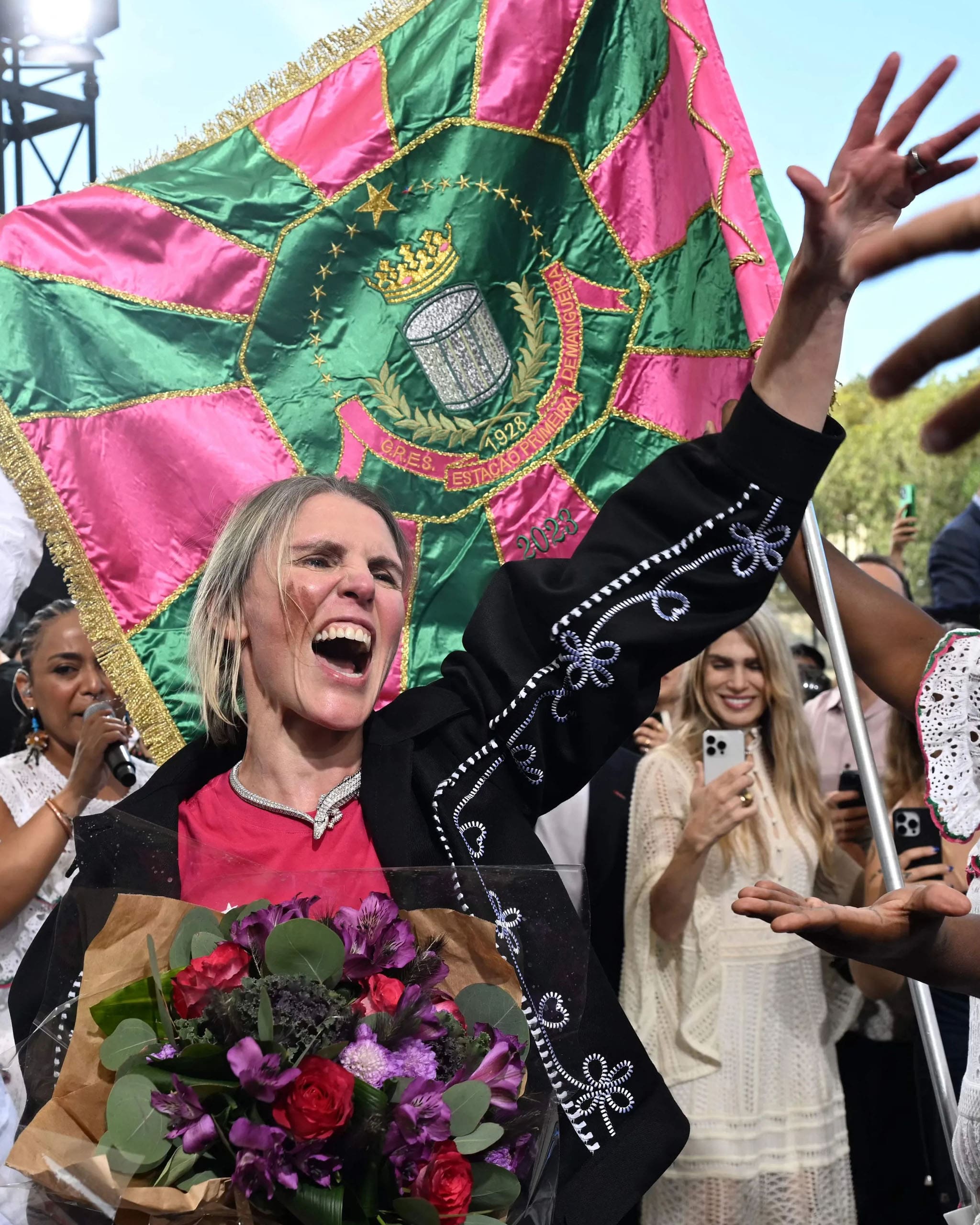BERTRAND GUAY/Getty Images
Recent fashion months have been disappointing on the sustainability front: bar the usual suspects sounding the alarm for climate action (Stella McCartney and Gabriela Hearst spring to mind), there hasn’t been much progress to report.
This season, that largely remained the case, with the vast majority of brands failing to address their environmental impact head-on. While work is taking place behind the scenes (often at a corporate level), there is still a reluctance to discuss sustainability on the catwalk – a time when the most eyeballs are on these brands. Meanwhile, pandemic-induced discussions around the need to reimagine fashion month, which currently encourages both overproduction and overconsumption, have gone silent.
Still, a series of new eco-minded initiatives and innovations showed promise, while Hearst’s final show at Chloé demonstrates what can be achieved in a relatively short space of time. Below, see the key sustainability moments you might have missed from the spring/summer 2024 shows.
Stella McCartney introduces seaweed fibre via her sustainable marketplace

As fashion’s best-known sustainability pioneer, Stella McCartney has worked with a number of innovative materials over the years, from Bolt Threads’s mushroom leather to Natural Fiber Welding’s plastic-free leather alternative, Mirum. New to the list? Kelsun (previously known as AlgiKnit), a seaweed-based fibre that has a significantly lower carbon footprint than conventional fibres, which was used to make two crochet dresses on the runway. Not only that, McCartney put on “Stella’s Sustainable Marketplace” at her show, a Parisian-style market that included stands from her eco-minded partners, as well as a vintage clothes and record stall, to allow people to learn about the brand’s sustainability efforts.
Gabriela Hearst presents her final show for Chloé

During Gabriela Hearst’s three years at the helm of Chloé, the brand has become a B-Corp, grown its sustainability team from one person to 12, and made lower-impact materials central to its collections (this collection featured 69 per cent lower-impact materials). It just goes to show what can be achieved in a relatively short space of time, with the right person in charge. Fittingly, Hearst danced down the runway with members of Rio de Janeiro’s Mangueira samba school to celebrate.
Gucci wins a Circular Fashion award

At Camera Della Moda’s Sustainable Fashion Awards, Gucci won the Ellen MacArthur Award For Circular Economy, for its forthcoming Denim Project, which uses regenerative and recycled fibres, as well as featuring digital IDs. While it may be a small step towards achieving a truly circular business model, it was great to see sustainability efforts taking centre stage at an event attended by the likes of Jessica Chastain, Julianne Moore and Jeremy Strong.
Upcycled pieces will be sold as part of Balenciaga’s Atelier label

While rising designers like Ahluwalia, Conner Ives and Chopova Lowena have long embraced the practice of upcycling (creating new pieces out of leftover materials and garments), bigger brands have also jumped on the trend in recent seasons. For spring/summer 2024, Erdem incorporated antique textiles from Chatsworth House into his designs, while Balenciaga’s creative director Demna showed a series of one-off upcycled looks – including the opening car coat, modelled by his mother – that’ll be sold under Balenciaga’s new Atelier label.
Stefan Cooke reimagines pre-loved Mulberry bags

With Mulberry’s Bayswater turning 20 this year, it was apt that Stefan Cooke decided to reimagine the iconic bag for a new generation. The London-based designers collaborated with artisans at Mulberry to rework 27 pre-loved bags, using deadstock leather to create bow adornments and its signature slashed detailing, as well as upcycled rugby shirts to create statement tassels. With prices starting at £1,195, the bags’ limited-edition nature prove that pre-loved designs can undoubtedly be more desirable than brand new.
Maria McManus rethinks the fashion show

At the end of Maria McManus’s presentation in New York, the Irish-born designer came out and talked through the materials used to make her designs, as well as their ethical credentials. Similar to the eco factsheets seen at Stella McCartney and Gabriela Hearst, it’s a way of pulling the curtain back on what actually goes into making clothes – and why sustainability should be at the heart of these conversations.
Eckhaus Latta’s 3D woven garments reduce waste

Overproduction is a huge problem in fashion – which is why Eckhaus Latta’s partnership with textile innovator Unspun is so exciting. This season’s collection featured a series of trousers that were 3D woven from yarn, cutting out the fabric-making process. Unspun’s Vega technology aims to address the problem of excess inventory by making the manufacturing process more agile.
This article was originally published on British Vogue.
- For Temperatures High To Sub-Zero: Clever Layers Are Key To Trans-seasonal
- SB19 Performs At BYS Fashion Week For Neric Beltran: “They Are My Something Blue”
- Watch Norman De Vera and Peter Movrin Prepare For AZ Factory’s SS24 Runway Show
- The Original Miu Miu Cool Girl Rosemary Ferguson Had A Homecoming On The Runway In Paris
